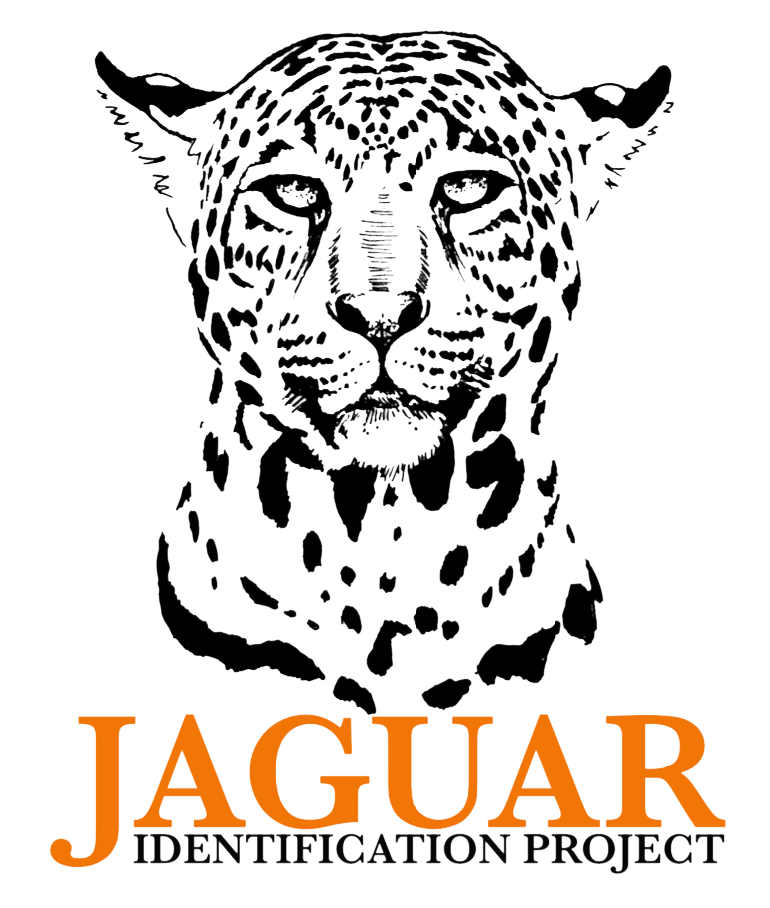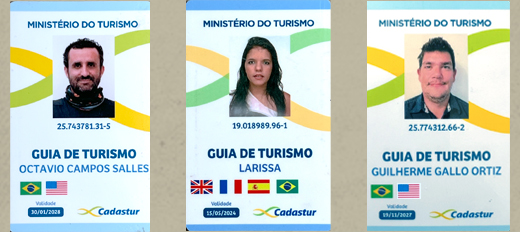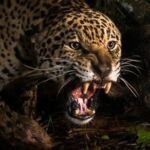Everyone coming to the Pantanal for the first time has a lot of doubts about what photo equipment they should bring. So here’s my opinion as a guide and photographer that has been shooting in the Pantanal for 20 years. These are reccommendations for the serious photographer who wishes to get the best out of the trip, but of course some will do very well too with more simple, lighter equipment.
- Camera bodies
Full frame DSLR’s or full frame mirrorless cameras are my favorite because of greater image quality (specially at higher ISOs) and usually better auto focus. Greater control of depth-of-field is also a factor of importance for choosing full frame versus cropped sensors. Ideally you should bring 2 bodies, to be used simultaneoulsy with different lenses and as a backup in case one of them fails to work.
- Long lenses
Now we come to where most people have doubts, long lenses. Being a wildlife photo trip, it’s natural that most attention goes to what long lenses to bring, so I’ll break down every place we visit during my Complete Pantanal Photo Tour, and what to expect so you can decide.
Buraco das Araras – this is where we shoot flying Red-and-green Macaws plus a number of other birds. Here we stay on wait on platforms located at the edge of the 100 meter deep sinkhole where these birds nest and roost. There are two
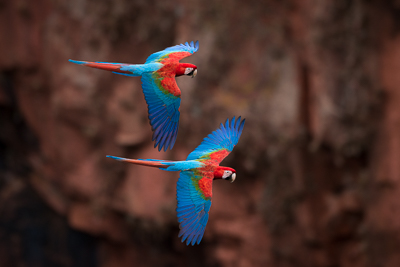
Shot with a 600mm, flying in the middle of the sinkhole.
situations for flight shots here – the first when the macaws fly quite far away towards the middle of the sinkhole, and where it would be best to use a long lens in the 500 to 600mm range. The other situation is when they fly relatively close to the platforms, and where a 300mm lens would be best. On this last situation the window of opportunity is much shorter, and you must be quite good and fast with focusing as the macaws quickly pass in front of you or even underneath the platform, so expect to shoot looking down, with the camera in hand. Sometimes the window of opportunity for perfect shots only lasts 3 seconds or so, so you must be fast. For the longer shots you will have more time to track and focus on the birds, and the lens can even be placed on a tripod or monopod. Which one is easier and which one produces the best shots? Hard to say, as I have great shots from both types of situations with both types of lenses – however I’d be inclined to say that the close shots, with the shorter lens, are the most beautiful ones.
I know, not great help between choosing one or two. But to be honest this is the place where you’d need both lenses to fully explore its possibilities. Fast and accurate auto focusing is a must, so for this the prime lenses are best, and used without a tele-converter, although some new top-quality zoom lenses are excellent as well and could cover both situations pictured here and many others during the trip. This is a great compromisse between quality and keeping luggage weight/volume down a little.
Barranco Alto – here you will be using mostly a long lens in the 500 to 600mm range, as some wildlife will u
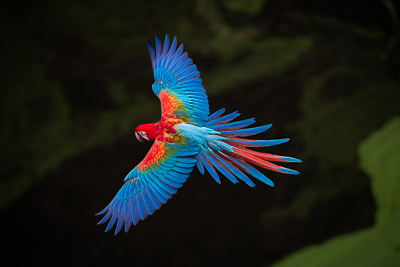
Shot with 300mm, while flying under the platform.
sually not get super close to us. The same is true for the boat outings when shooting birds. Have in mind though that the boats here are not as large or stable as the ones we will be using in Porto Jofre, so you should be able to carry the lens well and sustain its weight for some time if needed, otherwise stick with a shorter, lighter lens.
Here we also make some shots with a much shorter lens, even a wide angle, but I will cover that later on the text.
Porto Jofre – all of our photography will be done in comfortable and quite spacious boats, where we ride the rivers and
channels looking mostly for Jaguars but als other wildlife like Giant Otters, Tapir and varied birds. A 500 to 600mm lens is useful for birds and also Jaguars sometimes, for example when you want a closer shot (even portrait) or when the boat is far from the action – which can also happen. On some situations we can’t get much close. We do get close when there’s no risk of stressing the animal too much and when there are not many other boats around, but on some situations it’s best to maintain a distance of about 30 meters and then, unless you want a photo of the animal within the habitat (also interesting), you will need more reach.
On the boat I also reccommend to keep a second camera body handy attached to a 300mm lens for when we get closer or when you want a wider shot, showing more habitat. We do get quite close to them sometimes.
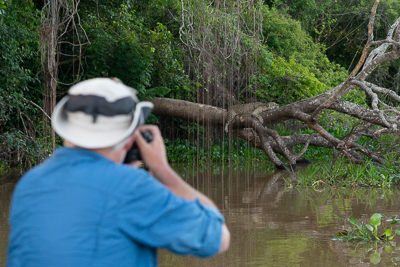
Average distance for Jaguars – around 15 to 20 meters or so.
Have in mind, as well, that on the boat a lot of times there will be other boats around us, and sometimes you might need to stand up to get a good view. For this you need to be fast and not attached to the limitations of a tripod – a monopod is much better in this scenario and is what I reccommend to use in the boat with a big lens.
- Short lenses
By short lenses on this context I consider anything under a 200mm. The range between 100 and 200mm is not very used, excpet for eventual habitat shots. Under this might have some use, but mostly I’d go with wide angle (24mm and under) for unique perspectives of wildlife that will allow us to get that close. This is something I have been trying to do more and more and when it works out, it definetely creates very special images that stand-out. So I’d reccommend to bring a wide
angle for this. One of the situations we can count on using it is with close-up shots of caimans at Barranco Alto or even in some situations in Porto Jofre. Here we can lure them to very close range. A polarizer filter can also be handy if you want to cut the glare of the water surface.
- Macro
There is limited use for macro photography during my tours. While we do see some interesting insects and frogs at night around the lodges, it’s not anything super special really. Bring it if that’s your thing, but don’t count on very special opportunities. If you think it’s just gonna add weight to you bag, leave it at home.
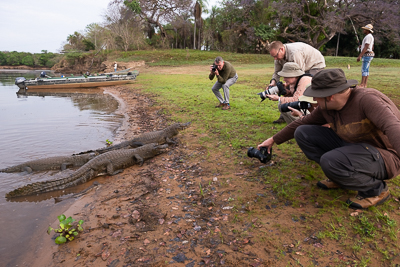
Photographing caimans with wide angle.
- Flash
There can be some situations where you would like a flash, and we might do some night time photography as well – but not a lot. For such situations you would prefer a TTL flash and able to fire remotely as well. For the Jaguars we cannot use a flash, even when if would be possible – it’s a rule agreed by all other operators. So, in short, a flash can have some use, but not a whole lot. At the Atlantic Rainforest we do use a multiflash setup to photograph hummingbirds, but we have that setup there for your clients, so you don’t need to bring anything.
- Tripod or monopod?
I think a monopod is better and more versatile to use everywhere, plus it’s much lighter than a tripod. This is an important consideration for our trips using chartered airplanes where we must try to keep the weight of the luggage low.
- Miscellaneous
Bring enough spare batteries and memory cards. Consider water resistant cover for your equipment, specially if coming later in the season when the chances of rain showers are greater. Bring a backup hard disk for your photos, don’t count on backing up photos on the cloud – wifi connection on our lodges is slow due to the remote locations.
This is a short list of the main equipment needed. Please contact me if you have further doubt.


